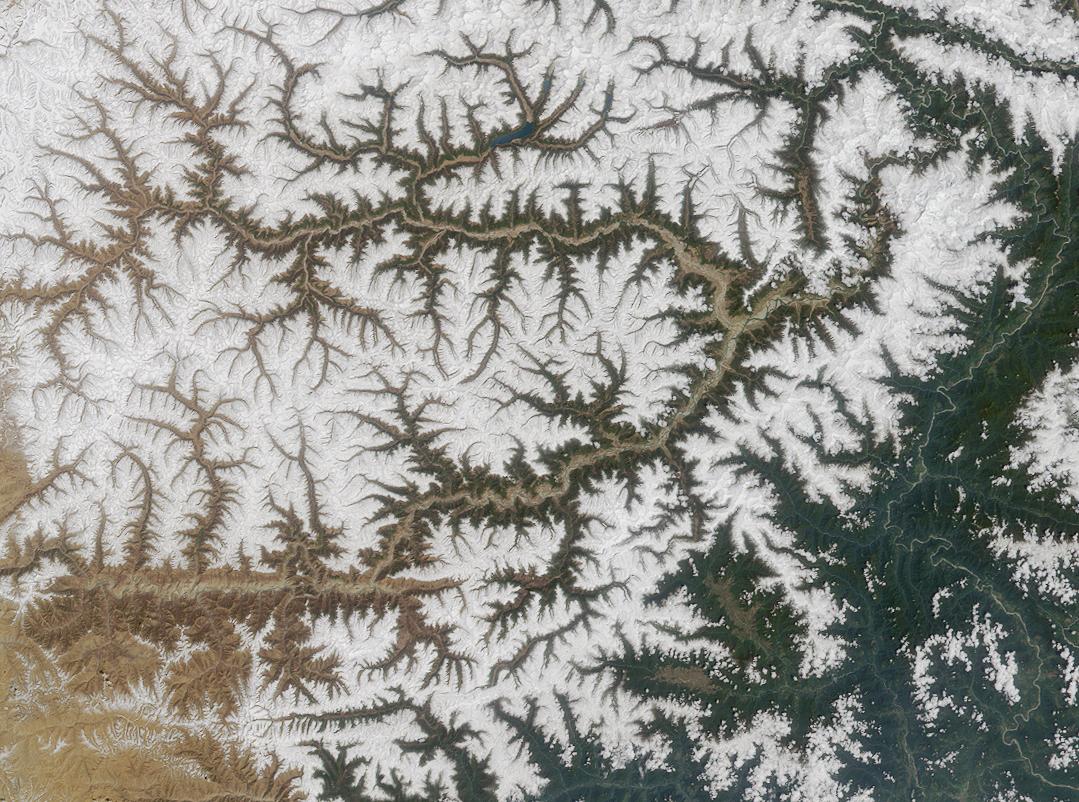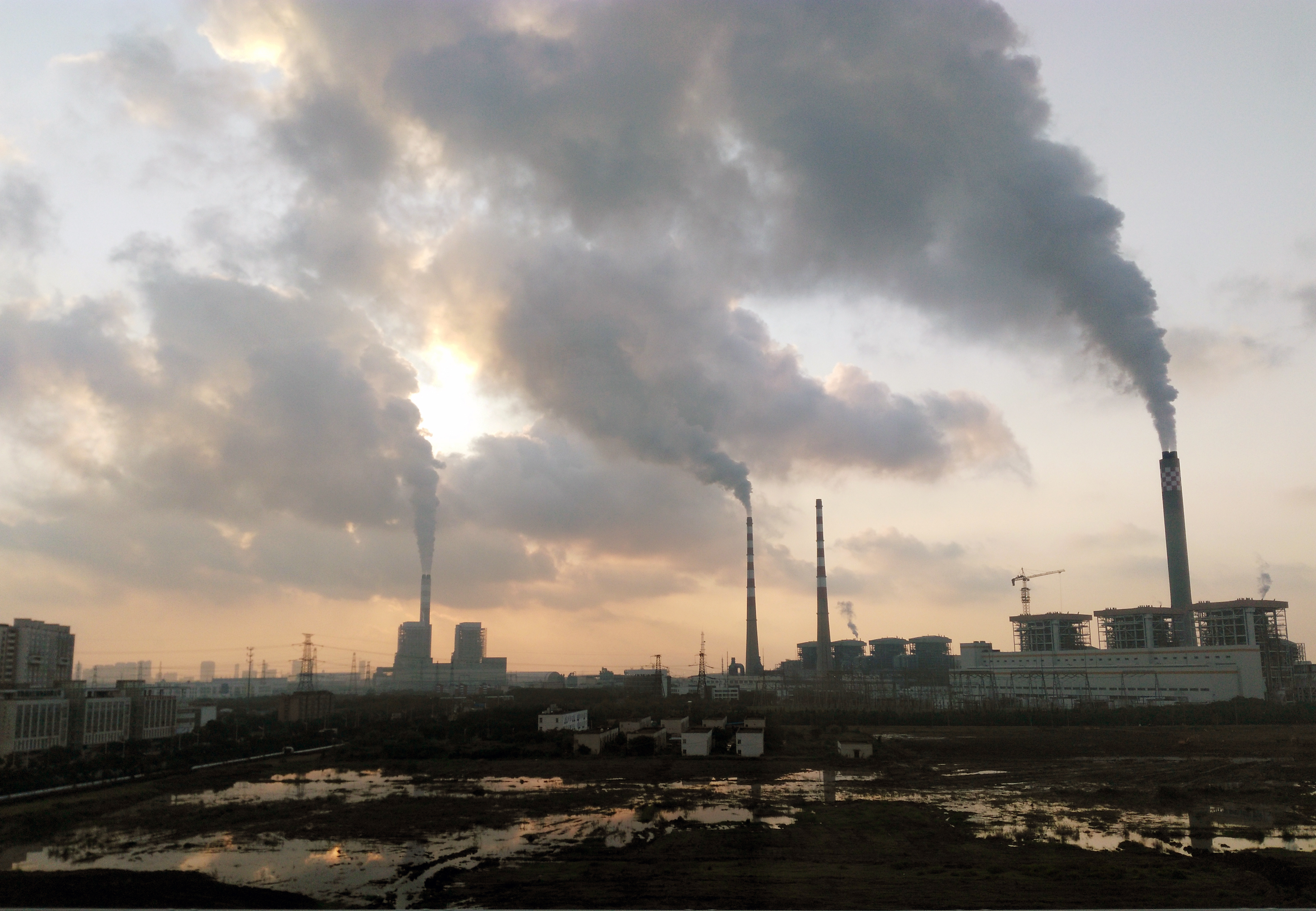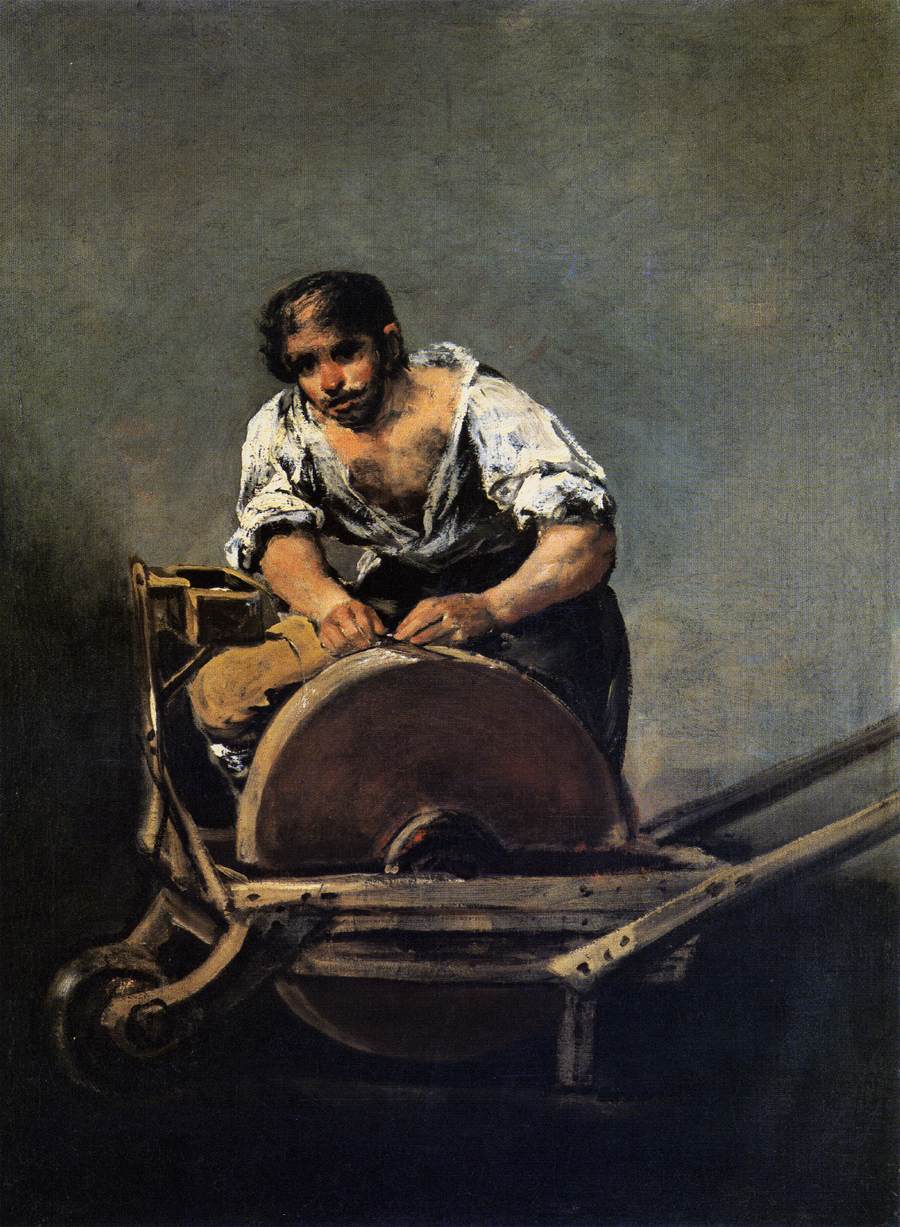|
Norske Skog Skogn
Norske Skog Skogn AS is a pulp mill and paper mill situated in Levanger, Norway, which produces newsprint. Situated on the Fiborgtangen peninsula in Skogn, the mill has three paper machines with a total annual capacity of 600,000 tonnes. Pulp is produced both from virgin fibers at an on-site thermomechanical pulp (TMP) mill and from recycled paper at a deinking (DIP) mill. Part of Norske Skog, it is the sole remaining newsprint mill in Norway. Proposals for a mill came from the Norwegian Forest Owners Association, who wanted a major industrial facility to buy lumber in Central Norway. Originally named Nordenfjelske Treforedling AS, the company was incorporated on 1 March 1962. Forest owner associations held a majority of the shares and the mill was long considered part of the agricultural cooperatives. The first lumber was delivered on 1 March 1966 and the first paper machine, PM1, became operation on 15 September. PM2 started running on 14 November 1967. After buying Van Se ... [...More Info...] [...Related Items...] OR: [Wikipedia] [Google] [Baidu] |
Norske Skog
Norske Skog ASA, formerly Norske Skogindustrier ASA, which translates as ''Norwegian Forest Industries'', is a Norwegian pulp and paper company established in 1962. The company has long been one of the world's leading manufacturers of newsprint and magazine paper. Due to a declining market for publication paper, the company has increasingly focused on other uses of timber and recycled paper, such as packaging. The company is headquartered in Norway and has factories in five countries and an annual production of approximately 2 million tonnes of paper (2020). History Norske Skog started in 1962 with the construction of a paper mill at Skogn in Norway, with the plant opening in 1966 and a second paper machine added in 1967. Half the capital for the project was issued by the Norwegian Forest Owners Association. In 1972 Norske Skog started a cooperation with Follum Fabrikker in Hønefoss. By 1989 Norske Skog had acquired Follum Fabrikker and Union in Skien as well as Saugbrugsfore ... [...More Info...] [...Related Items...] OR: [Wikipedia] [Google] [Baidu] |
Lumber
Lumber is wood that has been processed into dimensional lumber, including beams and planks or boards, a stage in the process of wood production. Lumber is mainly used for construction framing, as well as finishing (floors, wall panels, window frames). Lumber has many uses beyond home building. Lumber is sometimes referred to as timber as an archaic term and still in England, while in most parts of the world (especially the United States and Canada) the term timber refers specifically to unprocessed wood fiber, such as cut logs or standing trees that have yet to be cut. Lumber may be supplied either rough- sawn, or surfaced on one or more of its faces. Beside pulpwood, ''rough lumber'' is the raw material for furniture-making, and manufacture of other items requiring cutting and shaping. It is available in many species, including hardwoods and softwoods, such as white pine and red pine, because of their low cost. ''Finished lumber'' is supplied in standard sizes, mostly ... [...More Info...] [...Related Items...] OR: [Wikipedia] [Google] [Baidu] |
Nordenfjells
Nordenfjells or Nordafjells ("North of the Mountains") is currently a name for the area of Norway north of mountain range of Dovrefjell. The term is largely used when referring collectively to Central Norway and Northern Norway. Until around 1800 the name also included all of Western Norway. The largest city is Trondheim, with the Trondheim Region having a population of 260,000. Historically, an administrative division of Norway in Sønnenfjells and Nordenfjells has been used from the Middle Ages until around 1800. The border between the two regions was a range from Åna-Sira or Lindesnes, northwards along Langfjella and Dovrefjell. What is today known as Western Norway (''Vestlandet'') was defined as part of Nordenfjells. The notion of Western Norway was introduced in the 1800s. Erik Pontoppidan was one of the first to use the notion of ''vestenfields'' (west of the mountains) as distinct part of Nordenfjells. Pontoppidan observed the notable differences in climate betwee ... [...More Info...] [...Related Items...] OR: [Wikipedia] [Google] [Baidu] |
Drainage System (geomorphology)
In geomorphology, drainage systems, also known as river systems, are the patterns formed by the streams, rivers, and lakes in a particular drainage basin. They are governed by the topography of land, whether a particular region is dominated by hard or soft rocks, and the gradient of the land. Geomorphologists and hydrologists often view streams as part of drainage basins (and sub-basins). This is the topographic region from which a stream receives runoff, throughflow, and its saturated equivalent, groundwater flow. The number, size, and shape of the drainage basins varies and the larger and more detailed the topographic map, the more information is available. Drainage patterns Per the lie of channels, drainage systems can fall into one of several categories, known as drainage patterns. These depend on the topography and geology of the land. All forms of transitions can occur between parallel, dendritic, and trellis patterns. Accordant versus discordant drainage patterns A drai ... [...More Info...] [...Related Items...] OR: [Wikipedia] [Google] [Baidu] |
Eastern Norway
Eastern Norway ( nb, Østlandet, nn, Austlandet) is the geographical region of the south-eastern part of Norway. It consists of the counties Vestfold og Telemark, Viken, Oslo and Innlandet. Eastern Norway is by far the most populous region of Norway. It contains the country's capital, Oslo, which is Norway's most populous city. In Norwegian, the region is called ''Østlandet'' and ''Austlandet'' ("The east land") in contrast to Vestlandet ("The west land"). Geography As of 2015, the region had 2,593,085 inhabitants, 50.4% of Norway's population. The region is bounded by mountains in the north and west, the Swedish border to the east and by Viken and Skagerrak to the south. The border towards Sørlandet is less obvious. The mountains reach a height of 2469 metres in the Jotunheimen mountain range, the highest point in the Nordic countries (excluding Greenland). Other prominent mountain ranges include part of the Dovrefjell in the far north of the region, the Rondane north ... [...More Info...] [...Related Items...] OR: [Wikipedia] [Google] [Baidu] |
Second World War
World War II or the Second World War, often abbreviated as WWII or WW2, was a world war that lasted from 1939 to 1945. It involved the vast majority of the world's countries—including all of the great powers—forming two opposing military alliances: the Allies and the Axis powers. World War II was a total war that directly involved more than 100 million personnel from more than 30 countries. The major participants in the war threw their entire economic, industrial, and scientific capabilities behind the war effort, blurring the distinction between civilian and military resources. Aircraft played a major role in the conflict, enabling the strategic bombing of population centres and deploying the only two nuclear weapons ever used in war. World War II was by far the deadliest conflict in human history; it resulted in 70 to 85 million fatalities, mostly among civilians. Tens of millions died due to genocides (including the Holocaust), starvation, ma ... [...More Info...] [...Related Items...] OR: [Wikipedia] [Google] [Baidu] |
Industrikraft Midt-Norge
Industrikraft Midt-Norge is a Norwegian energy company that holds a permit to build a thermal power plant fueled primarily by natural gas from Haltenbanken, but also partially from biofuel, at the Fiborgtangen industrial site in Levanger, Norway. The company is owned by Nord-Trøndelag Elektrisitetsverk, Trondheim Energi, Norske Skog and Statoil. Elkem has sold its ownership in the company. The planned power plant would involve two generators producing a total of 800 MW of electricity, that would give an annual production of 6.4 TWh. 0.2 TWh of this is to be used as steam to power the paper mill Norske Skog Skogn that is collocated at Fiborgtangen. A construction of the plant would require a gas pipe to be built from the landing site at Tjeldbergodden in Møre og Romsdal up though Trondheimsfjord The Trondheim Fjord or Trondheimsfjorden (), an inlet of the Norwegian Sea, is Norway's third-longest fjord at long. It is located in the west-central part of the country in Trønd ... [...More Info...] [...Related Items...] OR: [Wikipedia] [Google] [Baidu] |
Thermal Power Plant
A thermal power station is a type of power station in which heat energy is converted to electrical energy. In a steam-generating cycle heat is used to boil water in a large pressure vessel to produce high-pressure steam, which drives a steam turbine connected to an electrical generator. The low-pressure exhaust from the turbine enters a steam condenser where it is cooled to produce hot condensate which is recycled to the heating process to generate more high pressure steam. This is known as a Rankine cycle. The design of thermal power stations depends on the intended energy source: fossil fuel, nuclear and geothermal power, solar energy, biofuels, and waste incineration are all used. Certain thermal power stations are also designed to produce heat for industrial purposes; for district heating; or desalination of water, in addition to generating electrical power. Fuels such as natural gas or oil can also be burnt directly in gas turbines (internal combustion). These pla ... [...More Info...] [...Related Items...] OR: [Wikipedia] [Google] [Baidu] |
Magazine Paper
Magazine papers are paper grades generally used in printing of magazines. Manufacture Magazine papers are made on paper machines from pulp. The pulp may be recycled, mechanical or chemical depending on the magazine quality. Publishers select the type of paper that not only meets their customers' requirements, but also works well in their machinery. Paper grades Different paper grades are used in magazines: * Machine finished specialties (MFS) is a special newsprint grade that is heavier, bulkier and brighter. * Supercalendered papers are often used in rotogravure. These are uncoated and based on mechanical pulp. * Coated mechanical paper are classified depending on the coating weight. Normally higher coating weight gives higher paper quality. * Machine finished coated papers are high gloss papers based on mechanical pulp. * Offset paper is an uncoated paper based on chemical pulp suitable for offset printing. * Standard coated fine papers are often used for offset printing. * Wood ... [...More Info...] [...Related Items...] OR: [Wikipedia] [Google] [Baidu] |
Kraft Process
The kraft process (also known as kraft pulping or sulfate process) is a process for conversion of wood into wood pulp, which consists of almost pure cellulose fibres, the main component of paper. The kraft process involves treatment of wood chips with a hot mixture of water, sodium hydroxide (NaOH), and sodium sulfide (Na2S), known as white liquor, that breaks the bonds that link lignin, hemicellulose, and cellulose. The technology entails several steps, both mechanical and chemical. It is the dominant method for producing paper. In some situations, the process has been controversial because kraft plants can release odorous products and in some situations produce substantial liquid wastes. The process name is derived from German word ''Kraft'', meaning "strength" in this context, due to the strength of the kraft paper produced using this process. History A precursor of the Kraft process was used during the Napoleonic Wars in England. The kraft process (so called because o ... [...More Info...] [...Related Items...] OR: [Wikipedia] [Google] [Baidu] |
Grindstone
A grindstone, also known as grinding stone, is a sharpening stone used for grinding or sharpening ferrous tools, used since ancient times. Tools are sharpened by the stone's abrasive qualities that remove material from the tool through friction in order to create a fine edge. Similar to sandpaper, each stone has a different grit that will result in sharper or duller tools. In Australia, Aboriginal peoples created grinding grooves by repeated shaping of stone axes against outcrops of sandstone. History and description Grindstones have been used since ancient times, to sharpen tools made of metal. They are usually made from sandstone. Grinding grooves Aboriginal grinding grooves, or axe-grinding grooves, have been found across the Australian continent. The working edge of the hatchet or axe was sharpened by rubbing it against an abrasive stone, eventually leading to the creation of a shallow oval-shaped groove over time, The grooves vary in length from up to , and can be up to ... [...More Info...] [...Related Items...] OR: [Wikipedia] [Google] [Baidu] |





